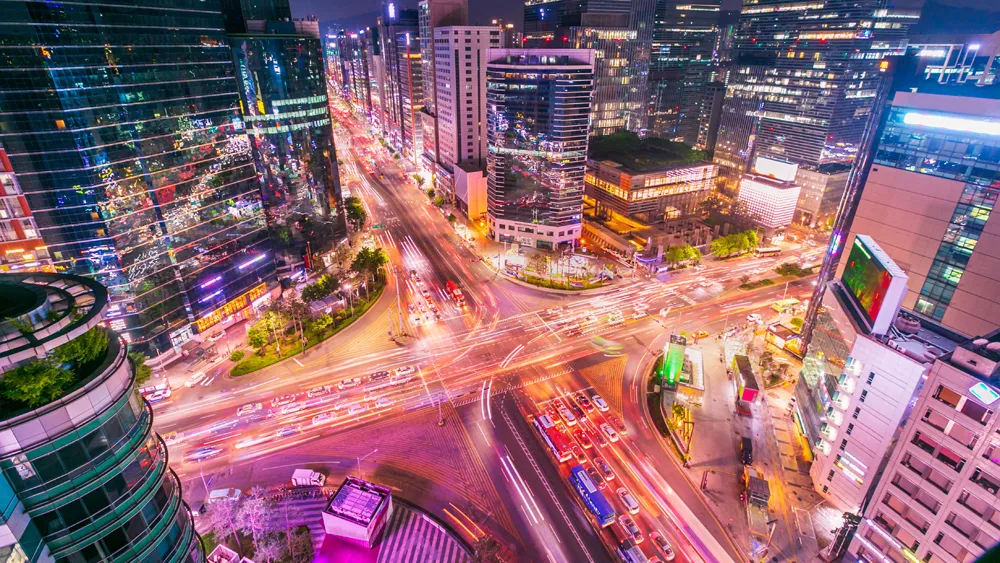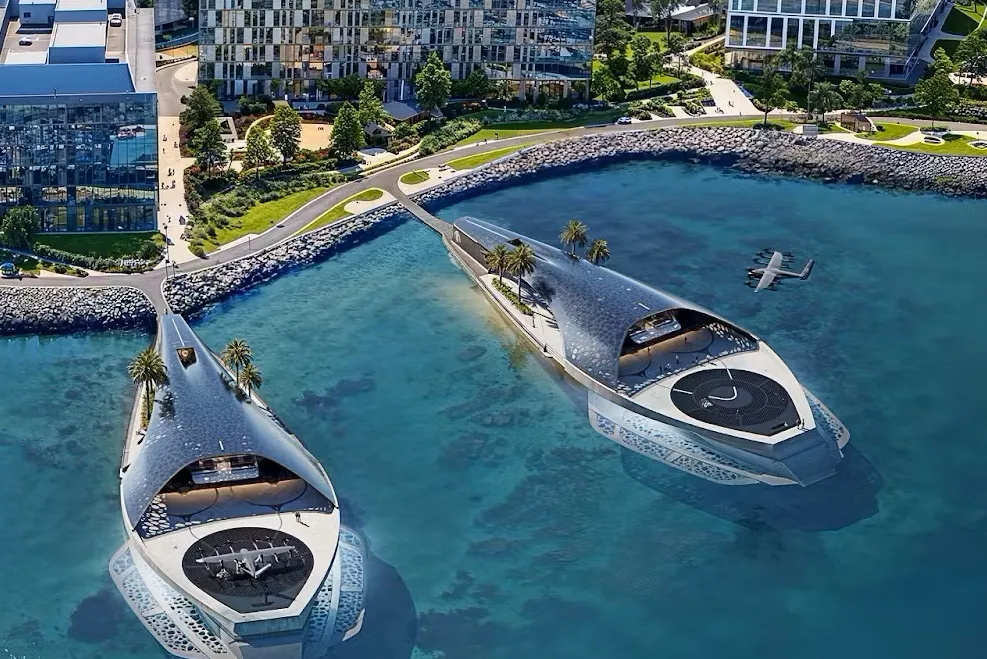Tesla and SpaceX CEO Elon Musk has unveiled his vision of a futuristic Hyperloop transport system this week, proposing to build a solar-powered network of crash-proof capsules that would whisk people from San Francisco to Los Angeles in half an hour. Musk says the Hyperloop is expected to be a closed-tube transport system not unlike the pneumatic delivery systems found in some old buildings, which use a pulse of air to move a capsule and cargo to a designated location. Based on what he has revealed to date,
August 14, 2013
Read time: 3 mins
Tesla and SpaceX CEO Elon Musk has unveiled his vision of a futuristic Hyperloop transport system this week, proposing to build a solar-powered network of crash-proof capsules that would whisk people from San Francisco to Los Angeles in half an hour.
Musk says the Hyperloop is expected to be a closed-tube transport system not unlike the pneumatic delivery systems found in some old buildings, which use a pulse of air to move a capsule and cargo to a designated location. Based on what he has revealed to date, however, it would probably use magnetic induction for propulsion and would not operate in a complete vacuum. The system would move a passenger between Los Angeles and San Francisco in just thirty minutes.
Musk promised to unveil plans for the Hyperloop this week, but he also said that someone else will have to step up and actually create the system.
“I think I kind of shot myself in the foot by ever mentioning the Hyperloop,” he said. “I don’t have any plans to execute because I must remain focused on SpaceX and Tesla. “I did commit to publishing a design — provide quite a detailed design I think — on Monday, and then invite critical feedback and see if people could find ways to improve it,” Musk said.
Tesla itself will not be involved in the Hyperloop, at least not initially, Musk told financial analysts and the press. The company — and Musk himself — simply have too much to focus on already. However, if no one picks up the project, it sounds like both Musk and Tesla might rethink that plan.
“If nothing happens for a few years, maybe it could make sense to take a halfway path with Tesla involvement,” Musk said.
Musk’s Hyperloop sounds very much like an idea promoted by Evacuated Tube Transport Technologies, or ET3, which theoretically would enable not just city-to-city transportation but also country to country, and even continent to continent, whisking passengers from New York to Beijing in just two hours at speeds of 4,000 mph.
Car-sized passenger capsules travel in 1.5m diameter tubes on frictionless maglev. Air is permanently removed from the two-way tubes that are built along a travel route. Airlocks at stations allow transfer of capsules without admitting air. Linear electric motors accelerate the capsules, which then coast through the vacuum for the remainder of the trip using no additional power. Most of the energy is regenerated as the capsules slow down. ET3 can provide 50 times more transportation per kWh than electric cars or trains.
Speed in initial ET3 systems is 600km/h for in-state trips and will be developed to 6,500 km/h for international travel that will allow passenger or cargo travel from New York to Beijing in 2 hours. ET3 is networked like freeways, except the capsules are automatically routed from origin to destination.
Musk says the Hyperloop is expected to be a closed-tube transport system not unlike the pneumatic delivery systems found in some old buildings, which use a pulse of air to move a capsule and cargo to a designated location. Based on what he has revealed to date, however, it would probably use magnetic induction for propulsion and would not operate in a complete vacuum. The system would move a passenger between Los Angeles and San Francisco in just thirty minutes.
Musk promised to unveil plans for the Hyperloop this week, but he also said that someone else will have to step up and actually create the system.
“I think I kind of shot myself in the foot by ever mentioning the Hyperloop,” he said. “I don’t have any plans to execute because I must remain focused on SpaceX and Tesla. “I did commit to publishing a design — provide quite a detailed design I think — on Monday, and then invite critical feedback and see if people could find ways to improve it,” Musk said.
Tesla itself will not be involved in the Hyperloop, at least not initially, Musk told financial analysts and the press. The company — and Musk himself — simply have too much to focus on already. However, if no one picks up the project, it sounds like both Musk and Tesla might rethink that plan.
“If nothing happens for a few years, maybe it could make sense to take a halfway path with Tesla involvement,” Musk said.
Musk’s Hyperloop sounds very much like an idea promoted by Evacuated Tube Transport Technologies, or ET3, which theoretically would enable not just city-to-city transportation but also country to country, and even continent to continent, whisking passengers from New York to Beijing in just two hours at speeds of 4,000 mph.
Car-sized passenger capsules travel in 1.5m diameter tubes on frictionless maglev. Air is permanently removed from the two-way tubes that are built along a travel route. Airlocks at stations allow transfer of capsules without admitting air. Linear electric motors accelerate the capsules, which then coast through the vacuum for the remainder of the trip using no additional power. Most of the energy is regenerated as the capsules slow down. ET3 can provide 50 times more transportation per kWh than electric cars or trains.
Speed in initial ET3 systems is 600km/h for in-state trips and will be developed to 6,500 km/h for international travel that will allow passenger or cargo travel from New York to Beijing in 2 hours. ET3 is networked like freeways, except the capsules are automatically routed from origin to destination.










